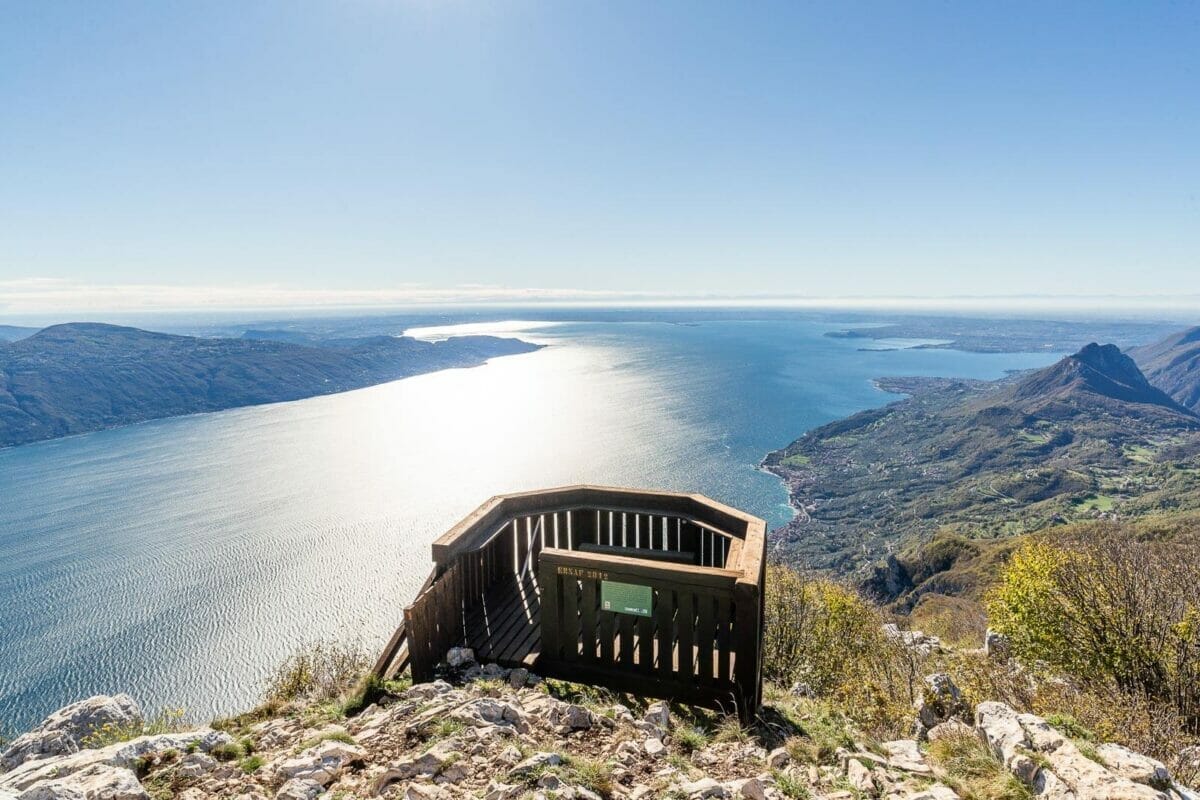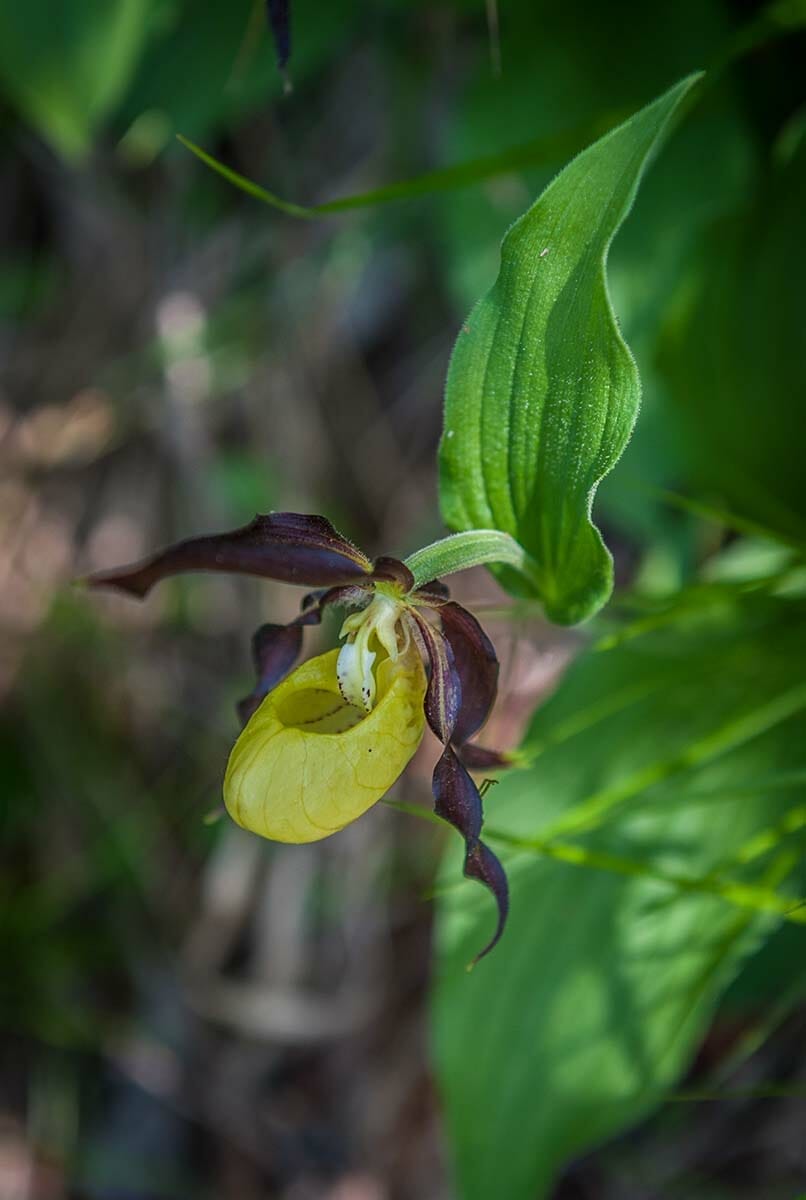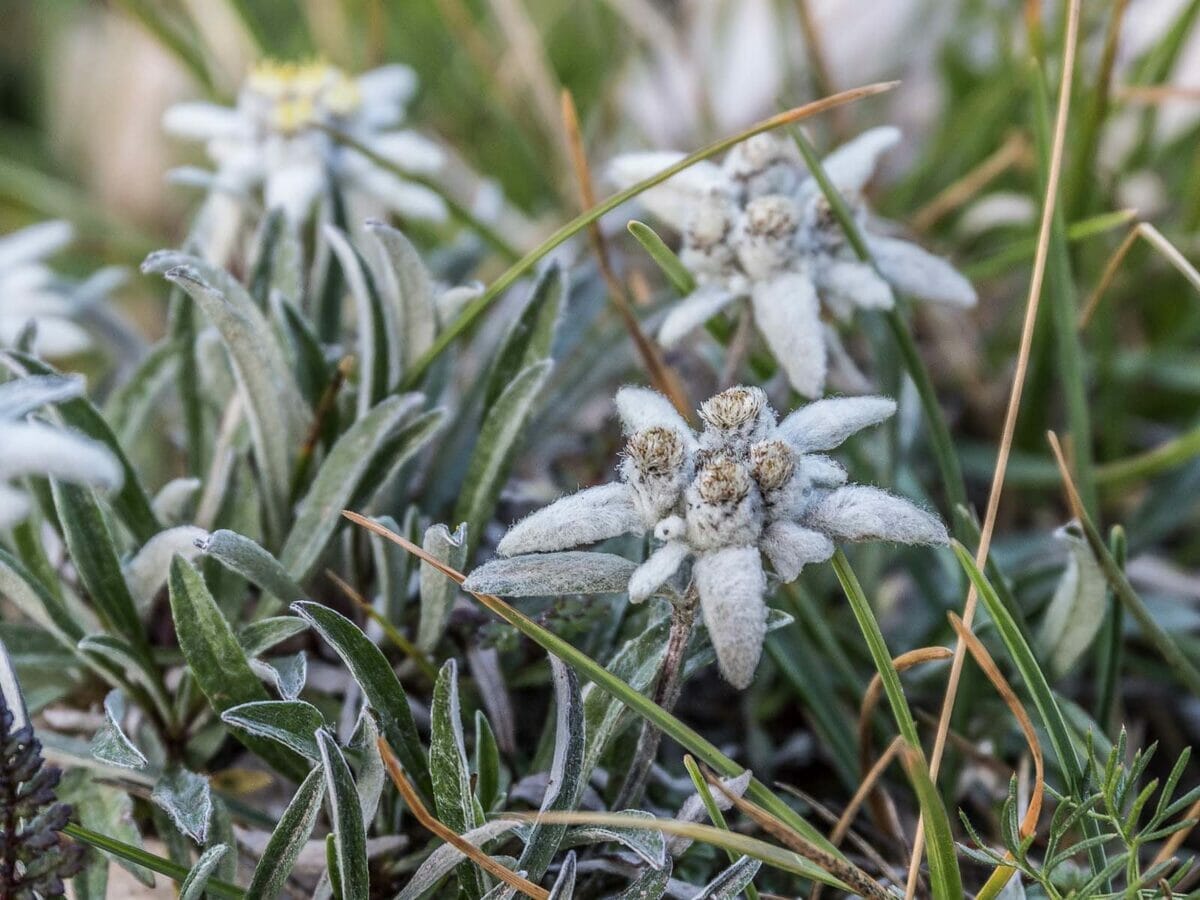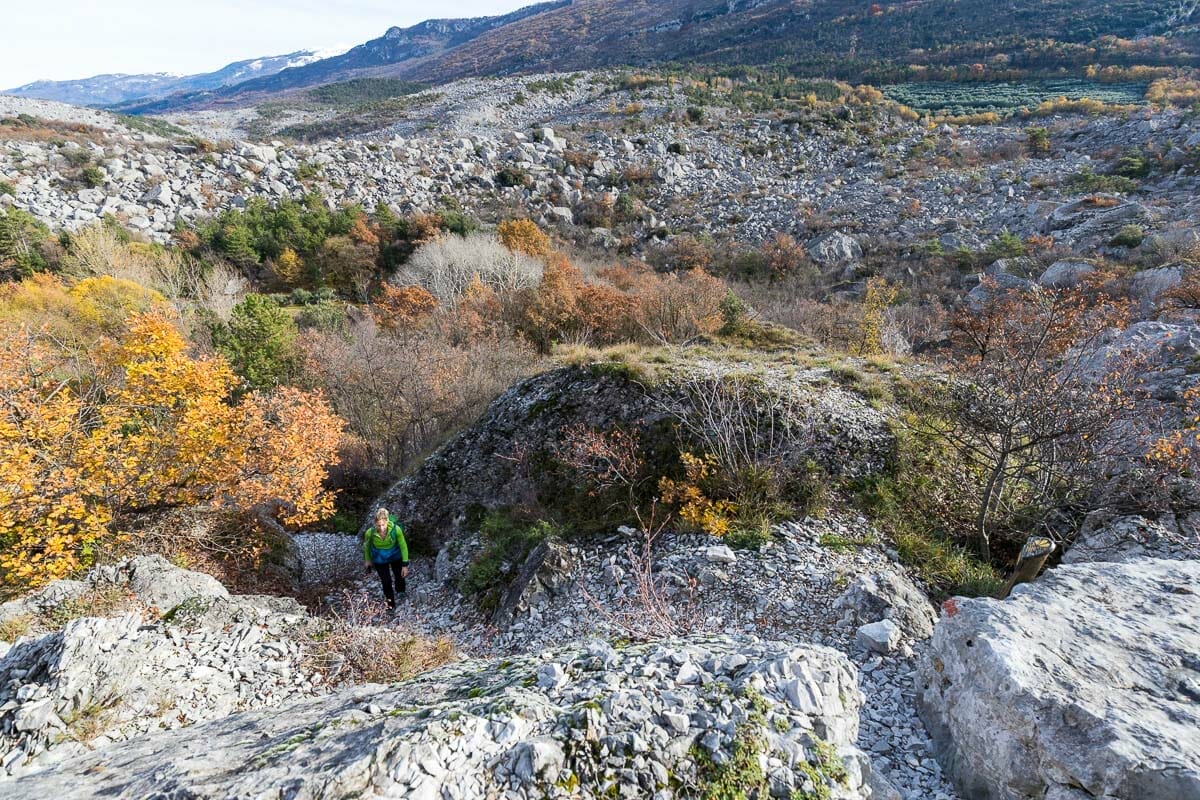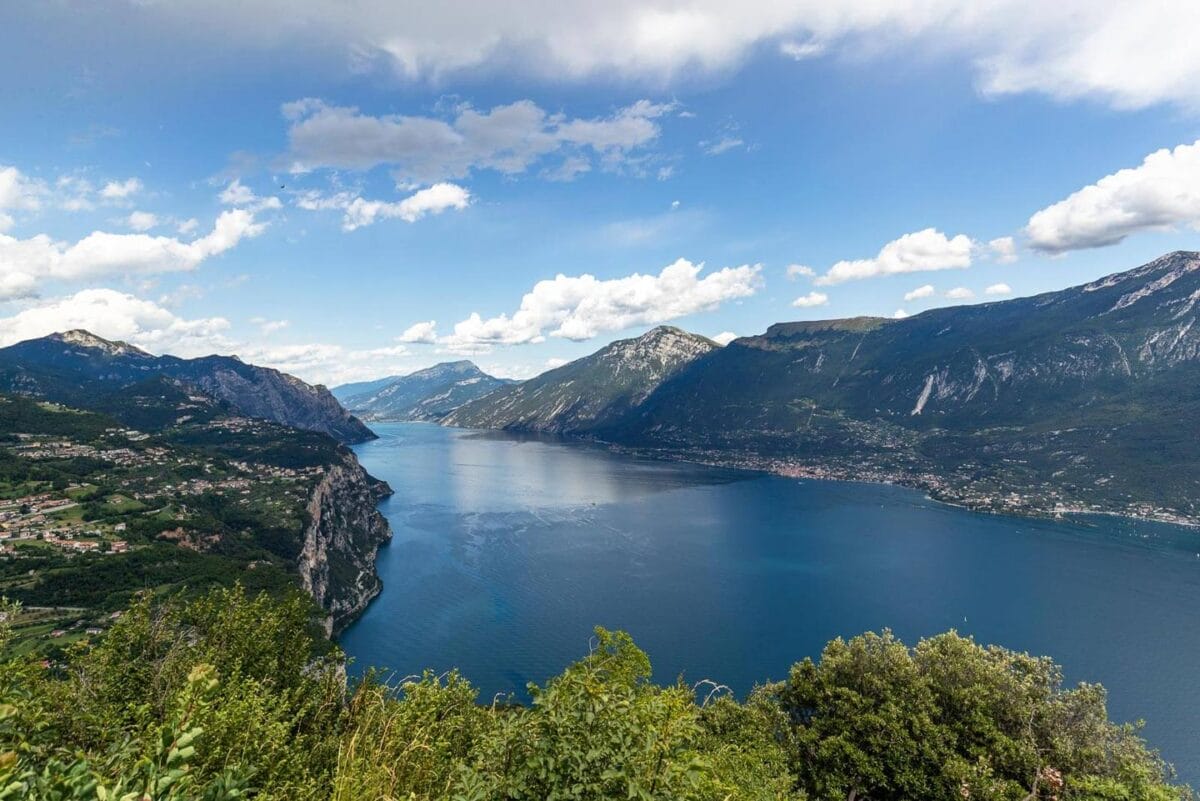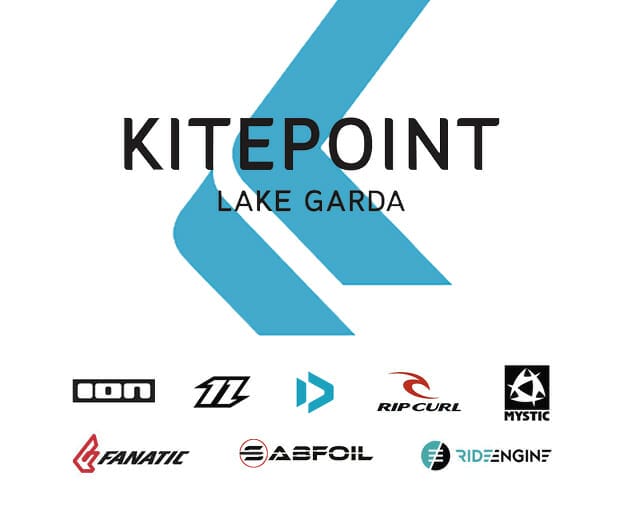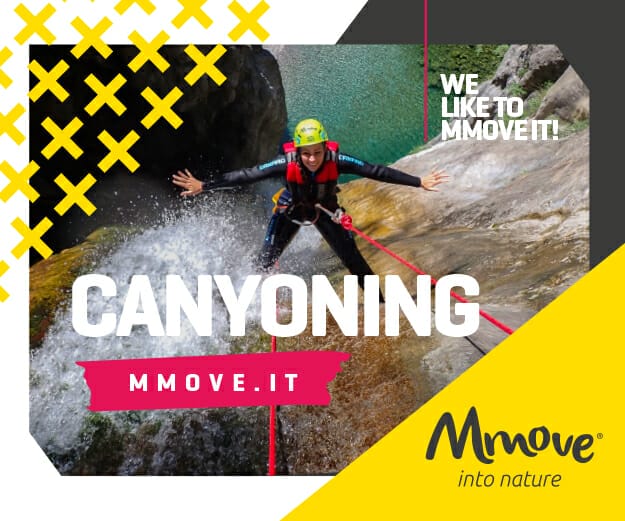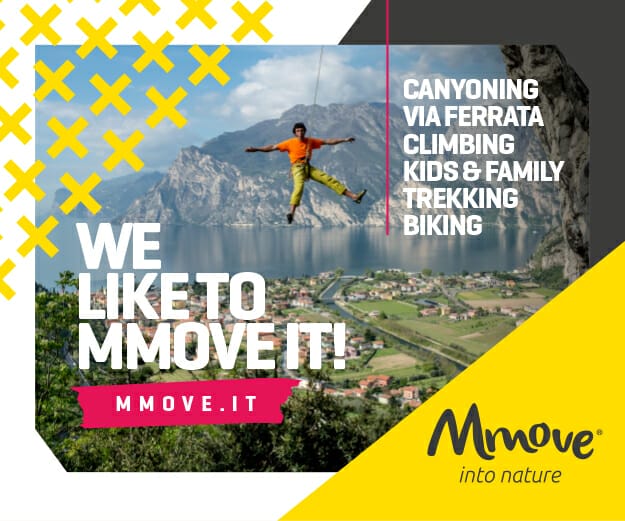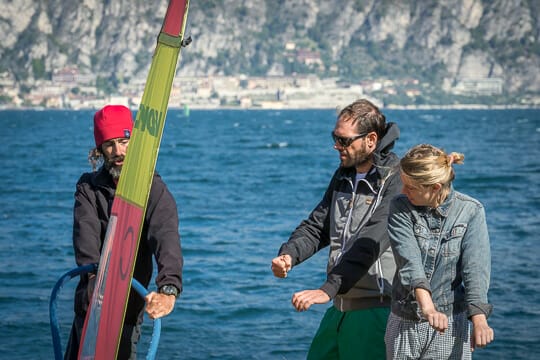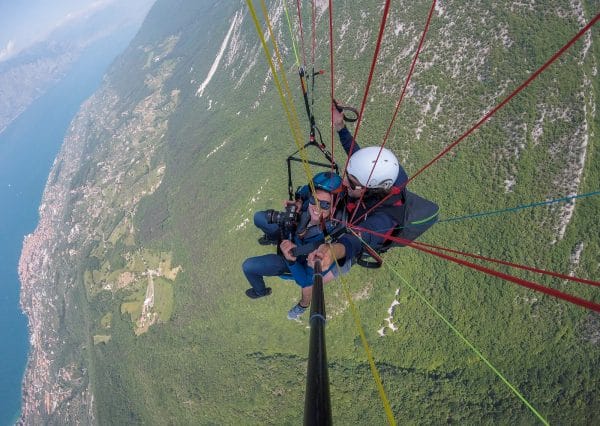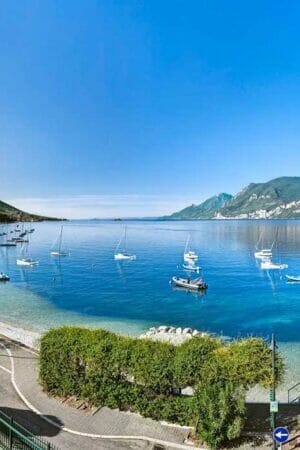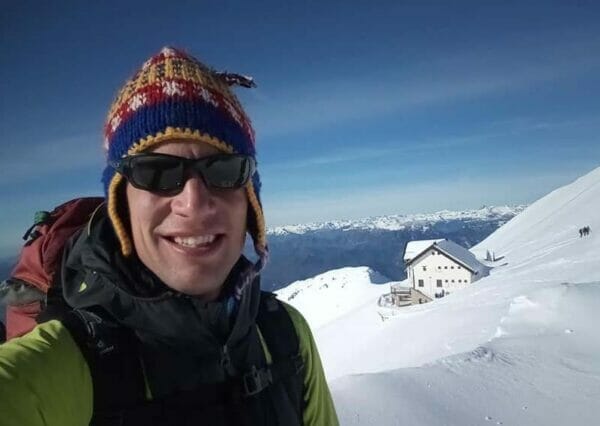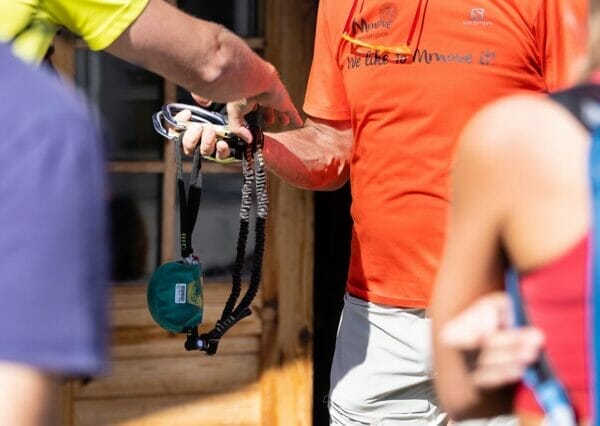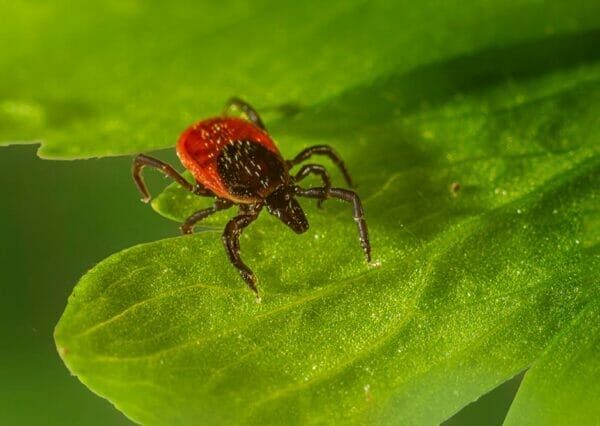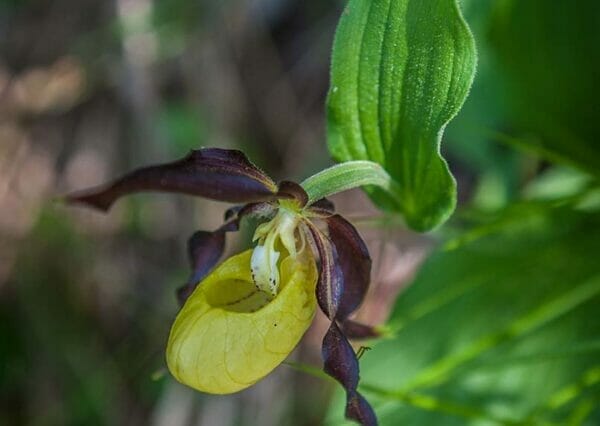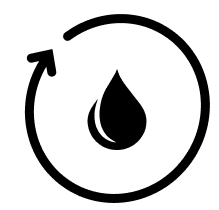What parks and reserves are, where they are located and why they are important
Laura Persavalli
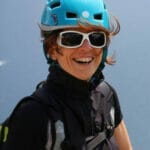
Angela Trawoeger
Creator, photographer and content manager
In collaboration with ZeroCo2
Do we ever wonder where exactly our feet rest when we walk? Does that ground have a name, a history, is it protected or endangered without our knowing it?
We may be so used to the mechanical motion of walking and the many thoughts associated with our life in society that we do not think about the environment we are in, even during a hike.
We should start by reminding ourselves of the existence of parks and nature reserves, which we have surely read about in school or heard about at least once, and their importance.
These are large areas created to protect and preserve habitats from human development for both common and rare and endangered animal and plant species.

In addition, these environments allow people to get in touch with nature. Spending time in green spaces has been shown to reduce anxiety and depression and improve mental health. Parks and nature reserves allow people to experience nature in all its splendor, inspiring a connection with something bigger than ourselves. At the same time, they are the foundation of resistance to climate change, allowing the balance between extracting carbon from the air, releasing oxygen, and sequestering the carbon stored by plants as they decompose in the soil.
Where Lake Garda’s nature reserves and parks are located
Italy has a complex system of national parks, regional reserves, state reserves, and protected marine areas, totaling 871 protected natural areas that protect more than 3,163,000 hectares of the land surface (mountains, rivers, lakes, coastlines, wetlands, and volcanoes) and more than 2,800,000 hectares of marine area.
Around Lake Garda alone, there are several parks and reserves whose presence is essential to preserve the environmental richness and balance of the territory. Among the main ones are:
Partner
The Gardesana Orientale Integral Nature Reserve
The Gardesana Orientale Integral Nature Reserve, established by the Veneto Region in 1971, is a natural area of about 218 hectares of mixed deciduous forest along the slopes of Monte Baldo in Malcesine. It is home to typically Mediterranean species, predominantly holm oak, laurel, Judas tree, terebinth, and butcher’s broom. The fauna is characterized by a community of birds typical of thermophilous woods, such as the reed warbler, Sardinian warbler, little shrike, and black bunting.
The Lastoni-Selva Pezzi Integral Nature Reserve
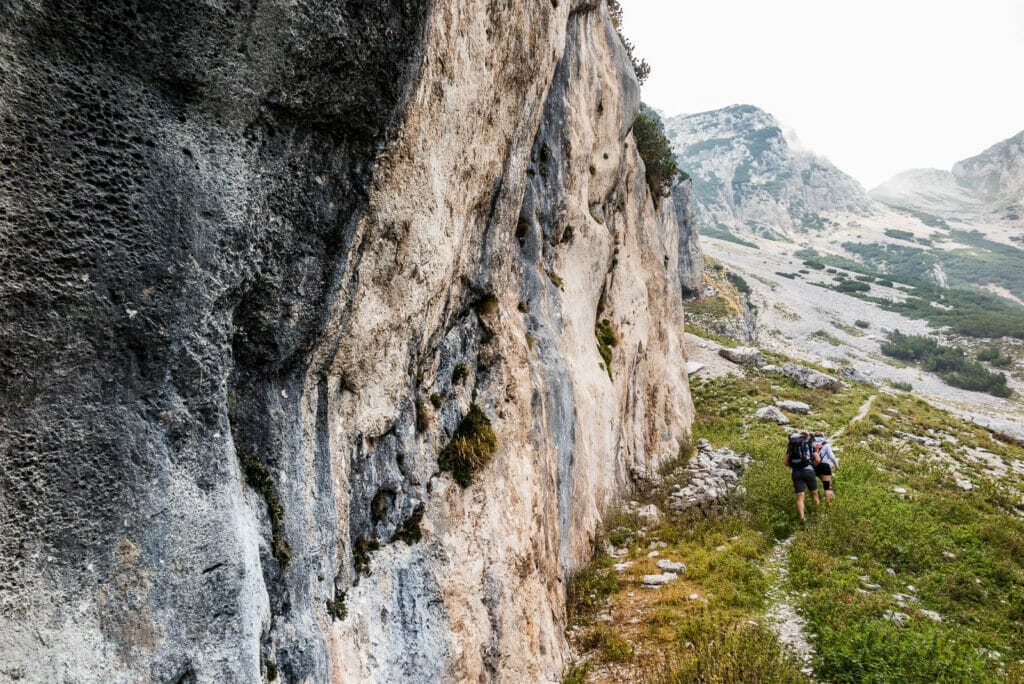
The Lastoni-Selva Pezzi Integral Nature Reserve covers a vast area of about 970 hectares on the slopes of Monte Baldo towards Lake Garda. It presents a varied landscape, with beech and silver fir woods. Rare and endemic nesting avifauna species are present, such as the goshawk, golden eagle, black grouse, rock partridge, little owl, black woodpecker, and Alpine chaffinch.
Hikes in the Lastoni-Selva Pezzi Integral Nature Reserve
- Trail from San Michele (Malcesine) to Monte Baldo – Trail no. 2
- Ascent to Forcella Valdritta from San Michele and Monte Baldo ridge – Trails no. 5 and 651
The Alto Garda Bresciano Park

The Alto Garda Bresciano Park, established in 1989, covers a large area of approximately 38,000 hectares and includes the territories of the municipalities of Salò, Gardone Riviera, Toscolano Maderno, Valvestino, Magasa, Gargnano, Limone Sul Garda, Tignale and Tremosine. The establishment of this park serves two purposes. Firstly, it aims to protect the natural, landscape, and environmental territory, which is highly valuable. Secondly, it creates and coordinates the necessary operational tools to ensure the correct management of ecological resources.
Hikes in the Alto Garda Bresciano Park
The Rocca and Sasso Oriented Nature Reserve
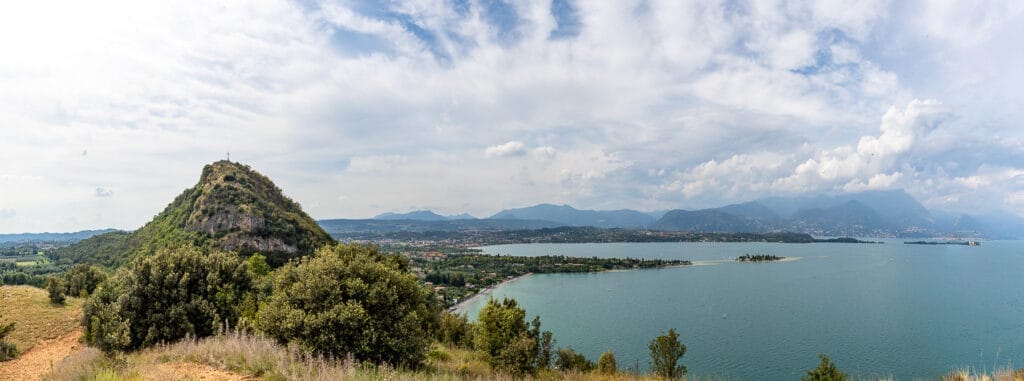
The Rocca and Sasso Oriented Nature Reserve, in Manerba del Garda, protects a habitat that, for the first time, includes 84 hectares of lake surface area, on the model of the marine protected areas of the Cinque Terre or the Tremiti. This is the largest lake reserve in Italy, a naturalistic treasure that includes 114 hectares of coastal territory and 84 hectares of lake surface and bed.
The Monte Baldo Local Nature Park

The Local Nature Park of Monte Baldo, with an area of 4,650 hectares, occupies the northern sector of Monte Baldo, overlooking Lake Garda and the Adige Valley. It includes territories belonging to five different municipalities of lower Trentino and a range of protected areas at altitudes varying from a few hundred meters to over 2000 meters.
👉🏻 Hike on Monte Altissimo di Nago
The Val di Gola Local Reserve
The Val di Gola Local Reserve, a small protected area of 2.5 hectares in the Sarca River Park between Riva del Garda and Limone, is closed to navigation and visitors. This is because there is an active project to protect biodiversity and lake habitats, mainly aimed at reproducing bleak ( a small carp) and chub, typical Garda fish.
The Marocche di Dro Nature Reserve
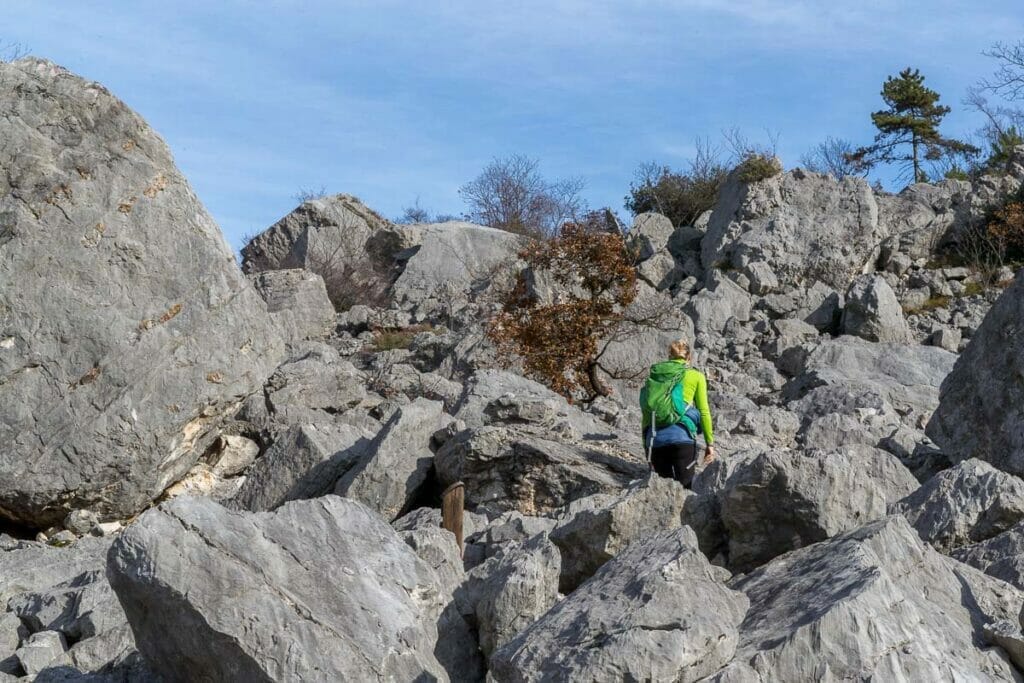
Due to its unique geological and natural features, the Marocche Nature Reserve is the largest postglacial landslide in the Alps. In this rocky, lunar-looking environment live plants and animals that have adapted to the particular aridity of the environment, including natural bonsai trees. The Marocche di Dro is a Site of Community Importance included in the Natura 2000 European network of protected areas and within the Sarca River Park, which is responsible for its protection and enhancement.
👉🏻 Hike in the Marocche Nature Reserve
The Monte Brione Nature Reserve
Mount Brione rises isolated in the middle of the alluvial plain of the Sarca River, close to Lake Garda, and separates the two towns of Riva del Garda and Torbole. It is a limestone-marly relief more the size of a hill than a mountain, but the rocky walls of its eastern slope give it the rugged physiognomy typical of mountains.

Its naturalistic interest lies in its flora, which has an incredibly high number of species in a relatively small area. This is made possible by the unique position of the mountain on the edge of the large lake basin that makes a sub-Mediterranean climate possible.
Partner
What can we do to protect the territory?
Expanding national parks and protected areas is crucial, but it alone will not be enough to halt biodiversity loss. Action must also be taken against the overexploitation of land and resources in unprotected areas and containing global warming within 1.5°C.
How can we support our territory, Garda?
A survey promoted by the WWF and conducted by EMG Different in 2023 shows that for more than 80 percent of Italians, protecting the territory is very important, and 77 percent of respondents favor allocating more resources to nature conservation. At the same time, however, 9 out of 10 Italians are not familiar with the European Biodiversity Strategy 2030 – which envisages that by 2030, protected areas should cover 30% of the land and sea area in the EU – and while 86% are familiar with National and Regional Parks, only 8% visited them in 2022. Similarly, 86% of Italians need to be made aware of the 2022 constitutional reform, which included the protection of ecosystem biodiversity among its general principles. So, what needs to be added to connect the dots?
As individuals and as a society, we can rethink our relationship with nature, not as something that provides us with resources but as an entity with which we coexist and of which we are custodians.
Above all, we must start again with education, experiencing these natural environments that we know exist but do not know, with which we do not interact.

We can organize trips and excursions around the lake, join environmental groups, and participate in citizen science projects. When we visit nature reserves, we can respect the environment by picking up litter and limiting noise and light pollution. We can choose to be aware of our surroundings, to know and experience Lake Garda, its fauna and flora with care.
Sources (English and Italian):
- Ecowatch – Nature Reserves 101: Everything You Need to Know
- The Guardian – Expanding national parks not enough to protect nature, say scientists
- WWF – Aree protette in Italia
- Fondazione Sviluppo Sostenibile – Tutela della natura, cosa sanno e non sanno gli italiani
- Agraria – Riserva Gardesana Orientale e Riserva Lastoni Pezzi
- Parco Alto Garda Bresciano
- Gardaconcierge – La riserva lacurstre più grande d’Italia
- Areeprotette – Parco Monte Baldo
- Parco Fluviale Sarca – Riserva Locale Val di Gola e Labusa – Val di Gola
- Gardatrentino – La Riserva Naturale delle Marocche e La Riserva Naturale del Monte Brione
